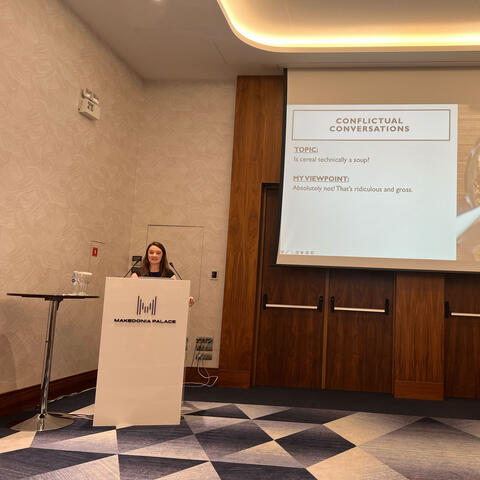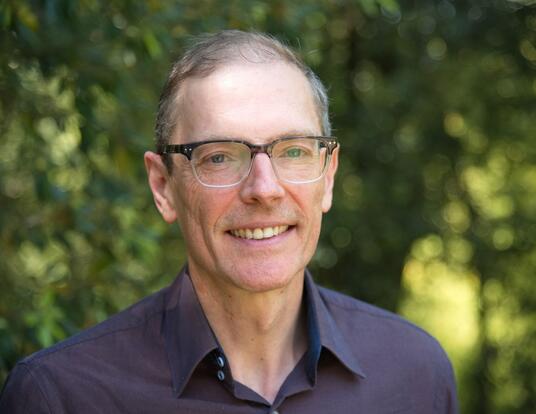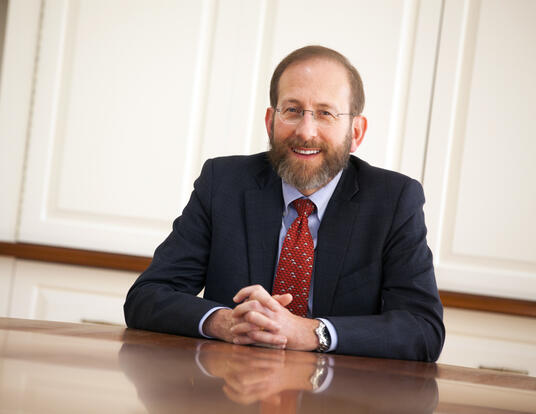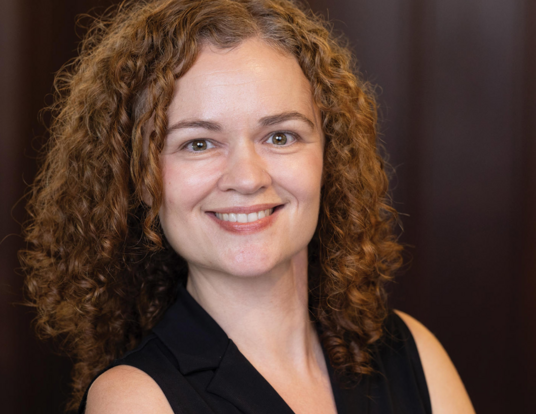Creative Potential
Three GSAS Alumni among the 2018 MacArthur Foundation Fellows

Citing their “exceptional creativity,” the John D. and Catherine T. MacArthur Foundation has awarded three GSAS alumni with MacArthur Foundation Fellowships: Clifford Brangwynne, PhD ’07, applied physics; Kristina Olson, PhD ’08, psychology; and Doris Tsao, PhD ’02, neurobiology.
Scientific Adventures
Clifford Brangwynne is a biophysical engineer and associate professor in chemical and biological engineering in Princeton University’s Department of Chemical and Biological Engineering. The MacArthur Foundation cited his use of “the principles of soft matter physics and cell biology to illuminate novel mechanisms of cellular compartmentalization that drive biological development.” Brangwynne’s research concerns membraneless organelles, which bring together proteins and nucleic acids without the use of a lipid membrane; his results could help explain how biochemical malfunctions can lead to disease.
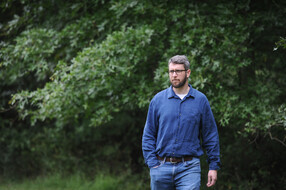
As a Carnegie Mellon undergraduate and a GSAS graduate student, Brangwynne connected with researchers at the Harvard John A. Paulson School of Engineering and Applied Sciences (SEAS) and recalls the excitement of engaging with scientists from multiple areas of SEAS. Working in the lab of Donald Ingber, professor of bioengineering, as an undergraduate, he met Kit Parker, then a postdoc and now Tarr Family Professor of Bioengineering and Applied Physics. Parker introduced him to David Weitz, PhD ’78, physics, Mallinckrodt Professor of Physics and of Applied Physics, who later became his PhD mentor. “My time in the Ingber lab was my first real taste of scientific discovery, and it got me hooked,” he says.
In the Weitz lab, Brangwynne continued collaborating with Parker. “I remember walking with a dish of cells up Oxford Street from the Weitz lab to the Parker lab,” he recalls. “It was raining, and I was just trying to keep the cells alive. I was thinking of how in Homer’s Odyssey, Odysseus tries to keep an ember from his fire alive to use the next day, and I cupped the cells in my hand a bit tighter, to keep them warm.” The cells survived, and he and a postdoc from the Parker lab, Nicholas Geisse, were able to conduct an experiment that worked better than expected. “It worked so well that Nick actually fell off his chair from excitement when he looked in the microscope,” says Brangwynne. “This was a cherished moment and one that reinforced my love of scientific adventures.”
Brangwynne encourages current graduate students to step back and enjoy what they’re doing. “Harvard is a fantastic place,” he says. “And while grad school can be stressful sometimes, try to bring a playful attitude to your work and enjoy every moment.”
Taking Initiative
Olson earned her MacArthur for “advancing the scientific understanding of gender and shedding light on the social and cognitive development of transgender and gender-nonconforming youth.” Now an associate professor of psychology in the Department of Psychology at the University of Washington, Olson credits a number of mentors for supporting her work, particularly Mahzarin Banaji, Richard Clarke Cabot Professor of Social Ethics, who believed in her and her abilities when Olson didn’t believe in herself. “Mahzarin pushed me to think more broadly and to achieve more than I thought I could,” she says. “I simply would not be where I am without her support of me and my career.”
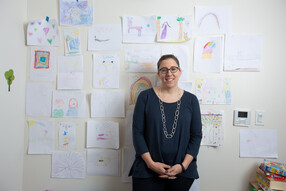
Olson credits Elizabeth Spelke, Marshall L. Berkman Professor of Psychology, with showing confidence in her ideas and also acknowledges James Sidanius, John Lindsley Professor of Psychology in Memory of William James and of African and African American Studies; Wendy Berry Mendes, professor in the Department of Psychiatry at the University of California, San Francisco; and Max Bazerman, Jesse Isidor Straus Professor of Business Administration, for their encouragement. “If I have achieved anything, it because of the time and energy they invested in me early on,” she says.
While mentors played an important role in her scholarly development, it was Olson’s own initiative that made the difference in her career. Early on in graduate school, she wanted to investigate children’s understanding of race and believed that South Africa would be an interesting research location. Initially, she sat back and waited for an opportunity to present itself. But then she had an epiphany. “One day it hit me—I didn’t need to wait for that chance, I could create that opportunity myself,” Olson remembers. She figured out how to finance the trip, convinced a colleague to travel with her, and tapped her connections to find local collaborators. “That was an important lesson because I had tended to wait to see what opportunities came to me,” she says. “Afterwards, I realized that if I wanted to conduct a particular study, I needed to find a way to make that happen myself.”
Olson advises graduate students to think of each mentor, each course, and each experience as an opportunity to learn something new. “In grad school, we often get tripped up by what is frustrating or hard but it can be helpful to think of each of these moments as a chance to learn something new that will help us toward our future goals,” she shares. “Now that I’m on the other side of grad school, I see how much I gained from the experience.”
The Thrill of Discovery
Tsao received the fellowship for “uncovering the fundamental neural principles that underlie one of the primate brain’s most astonishing capabilities: perception of the visual world.” A neuroscientist and professor of biology in the Division of Biology and Biological Engineering at the California Institute of Technology, Tsao remembers the thrill of discovery she felt when reviewing her first fMRI data. “I did a very simple experiment, showing blocks of visual stimulation alternating with blank areas,” she says. “When I saw the time course of blood flow in the visual cortex, showing a bump for every block of stimulation, I was confused for a split second because the signal was so strong, but then, I was enthralled.”

One of her most exciting moments in graduate school came as she finished a course outside her field—a quantum field theory class taught by the Harvard theoretical physicist Sidney Coleman, which turned out to be the most challenging course of her graduate career. “I remember a feeling of absolute, lightheaded happiness after turning in my final exam,” Tsao recalls. “Even though it had nothing to do with my research, I just felt happy, at that moment, to be able to see the world in a truly different way.”
Tsao feels fortunate that Margaret Livingstone, PhD ’81, neurobiology, Takeda Professor of Neurobiology, served as her PhD advisor. “All of us desire to find a mentor who sees us as we wish to be, rather than as we are,” she says. “Marge did this naturally. She encouraged us to dream.” Livingstone taught Tsao the importance of experimenting every day, of tackling a problem head-on and not worrying too much about what anyone had thought before, and of persisting.
For graduate students unsure about engaging with research outside their area of focus, Tsao has advice based on her experience of working in multiple labs. “Life is long,” she says. “It’s okay to spend a rotation or two doing something that you know you will not specialize in.”
Get the Latest Updates
Join Our Newsletter
Subscribe to Colloquy Podcast
Simplecast


